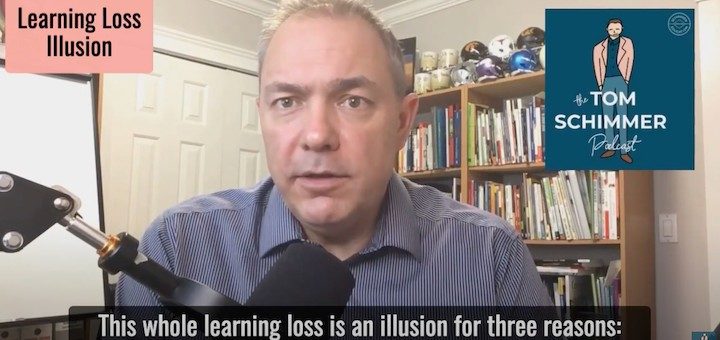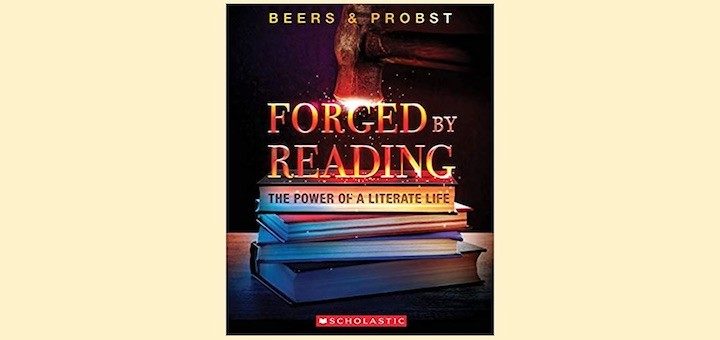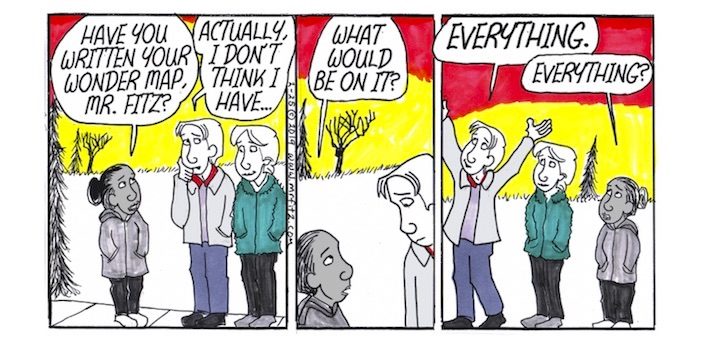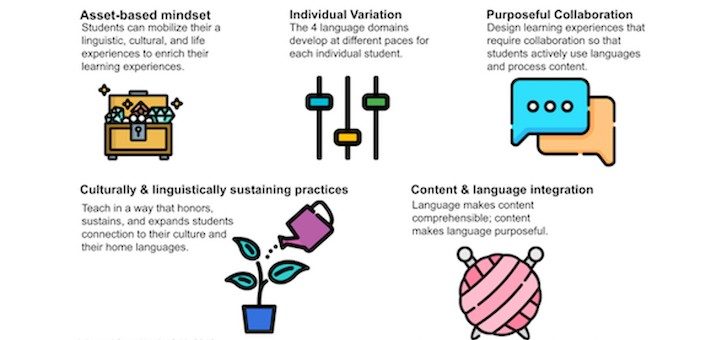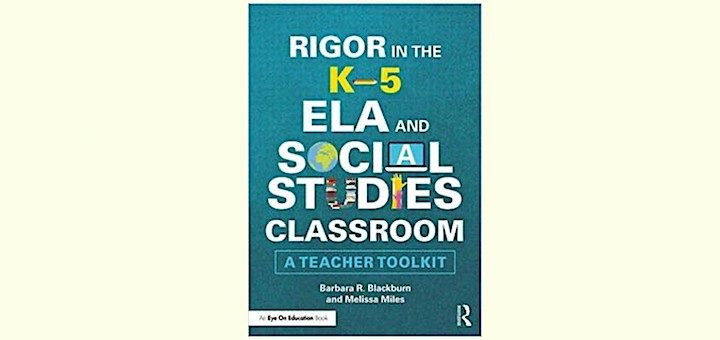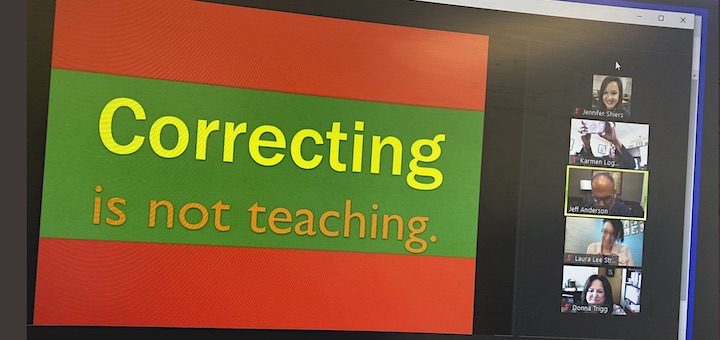Teaching and learning in grades 4-8
Teaching poetry can give students a sense of connection, collaboration, and creativity as they express themselves and read the expressions of others. During National Poetry Month, teacher-author Marilyn Pryle shares fun activities from her classroom that touch on all three.
With her students facing so many pandemic challenges, Michelle Russell decided to say ‘yes’ to as many requests as possible, whether it was late papers, school supplies, or a quick review minutes before a test. Here’s what she’s discovered about the value of answering YES.
Principal and NBCT Rita Platt shares advice for a paradigm shift away from obsessive coverage of content and toward deep and differentiated learning for students who have lived through the months of pandemic schooling. Three questions help us understand what’s essential.
In Forged by Reading: The Power of a Literate Life, Kylene Beers and Bob Probst offer insights and strategies to help teachers consider how reading and writing relate to change, power, and hope. Reviewer Katie Durkin highly recommends the book as a tool to examine practice.
In an era of ‘writing to text’ and responding to prompts, students may not eagerly respond to our invitations to “write free!” ELA teacher and cartoonist David Lee Finkle uses an interest based mapping strategy to convince his writers they have something worth writing about.
High interest text sets tied to essential questions and in varied formats help emergent bilinguals stick with a particular topic as they learn how to read strategically. Elizabeth Hagan and her colleagues brought Malala Yousafzai to students’ attention with a range of sources.
Students choose books with different purposes in mind and learning how to make good choices is an important life skill. But what about making the choice to abandon a book? Lynne Dorfman has teaching tips to share with readers when a book just doesn’t spark their interest.
Discover what educators and students can do when they believe success is possible for language learners. Tan Huynh highlights five research-based principles developed by Dr. Andrea Honigsfeld, whose essential book includes effective teacher strategies from around the world.
Barbara R. Blackburn and Melissa Miles show how a re-interpretation of “rigor” can boost ELA and social studies engagement and learning in grades K-5. Teacher educator Linda Biondi notes the authors offer easily implemented solutions along with thought provoking questions.
“Let’s face it, adolescence isn’t plump full of safety and confidence. It’s a developmental stage in which students want and need to be connected and valued.” No wonder middle schoolers dread the “correction” approach to grammar. Jeff Anderson and Travis Leech have found a better way.



